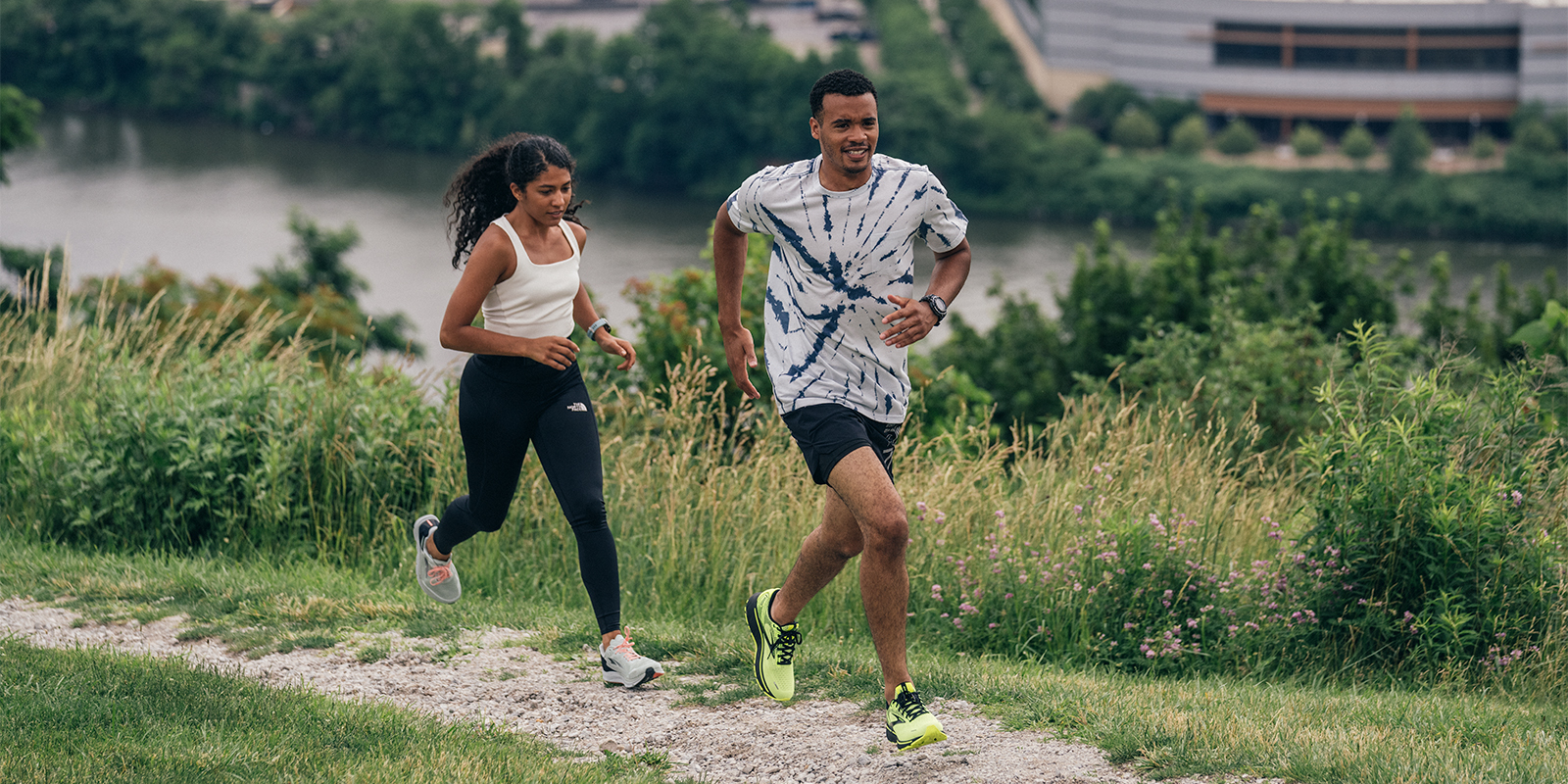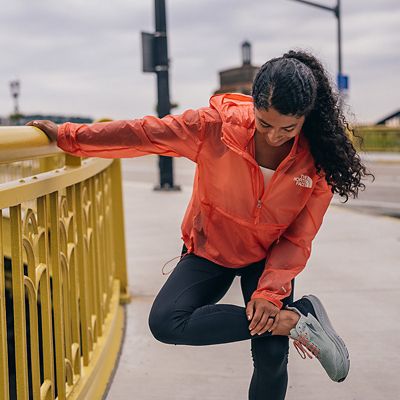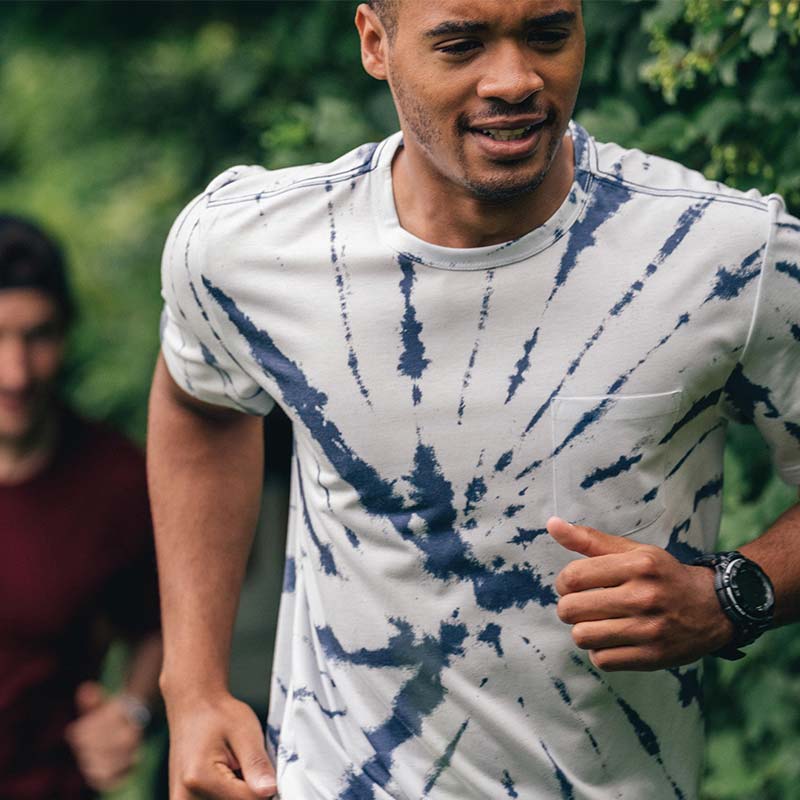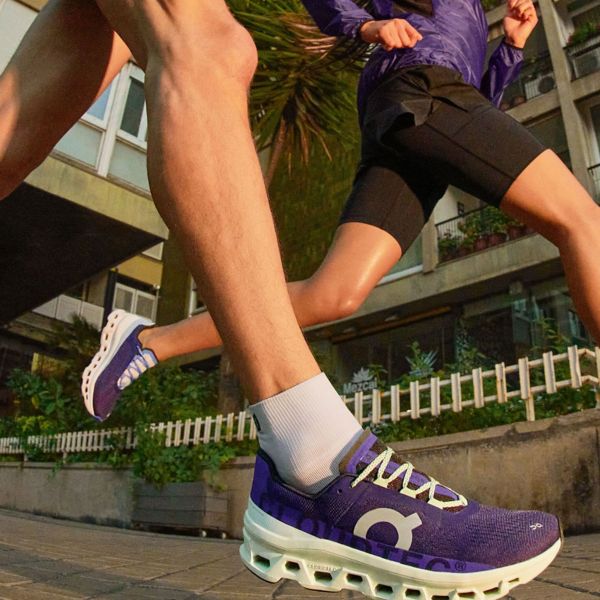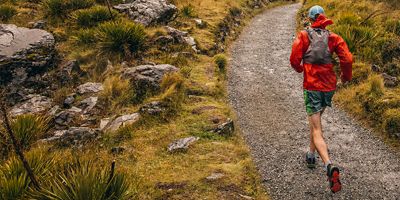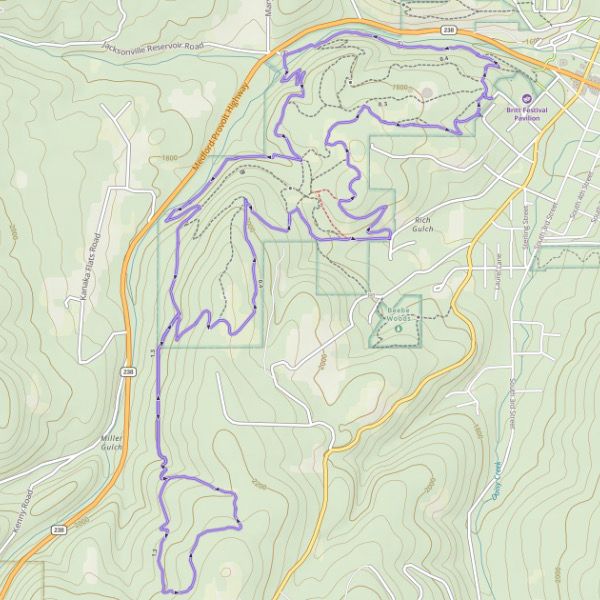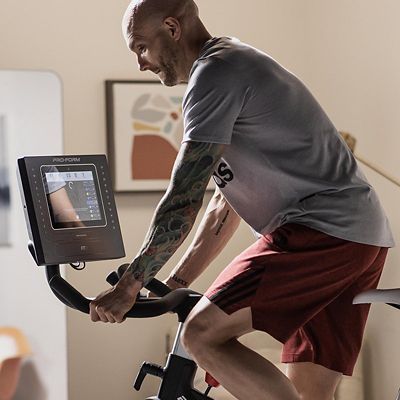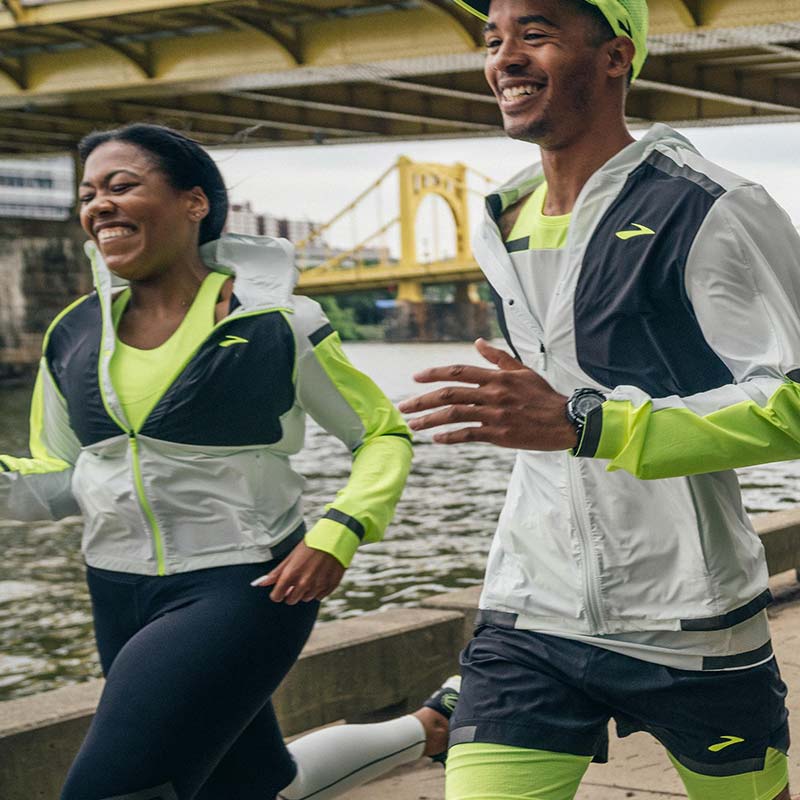Hiking boots can take you far—but only so far. When the going gets steep or icy, or you want to go fast, you’ll need something more specialized. That’s where technical footwear like trail running shoes, approach shoes, and mountaineering boots come in. Here’s what you need to know to find the perfect pair.
Trail runners
What they’re for:
Running or fast-packing pretty much anywhere beyond the pavement.
How to recognize them:
Shoes built for trail running typically have grippy rubber outsoles for biting into uneven ground, abrasion-resistant uppers for fending off rocks and brush, and stiff bottoms to protect your feet from rocks.
Choosing your pair:
Trail runners are low-cut and usually lighter than hiking shoes, but they vary in their level of support, traction, and cushion. If you mostly stick to flat, smooth trails, a light pair with moderate stiffness and shallow lugs will work well. If you like exploring more rugged terrain, look for shoes that have larger, thicker lugs with more spaces in between (to keep mud from building up), more protective uppers (some shoes have firm toe caps), and a stiffer feel (many include rock plates, which protect the bottoms of your feet from bruising on rocks and roots). The level of cushioning on trail runners varies a lot, so you should be able to find a pair with your preferred feel.
Approach/scrambling shoes
What they’re for:
Traveling over rocky, technical terrain.
How to recognize them:
Approach shoes are almost always low-cut and relatively stiff, especially in the toes, for better precision on sketchy terrain—but they shouldn’t be so stiff that they’re uncomfortable to hike in. They also fit on the tighter side for better control while using smaller footholds, and feature sticky rubber outsoles for traction on rock.
Choosing your pair:
The biggest question to ask yourself: Do I want comfort or precision? Some approach shoes resemble climbing shoes in their stiff edges and smooth, sticky toes; these models will excel at scrambling and edging, but they’re less comfortable for hiking long distances. More flexible footwear with more pronounced lugs will be better for hiking, but you won’t get as much control on steep rock. Approach shoes are available in either leather, synthetic materials, or a hybrid. Leather is more durable and water resistant, but heavier and less breathable; synthetics are light and breathable, but less protective and don’t last as long.




